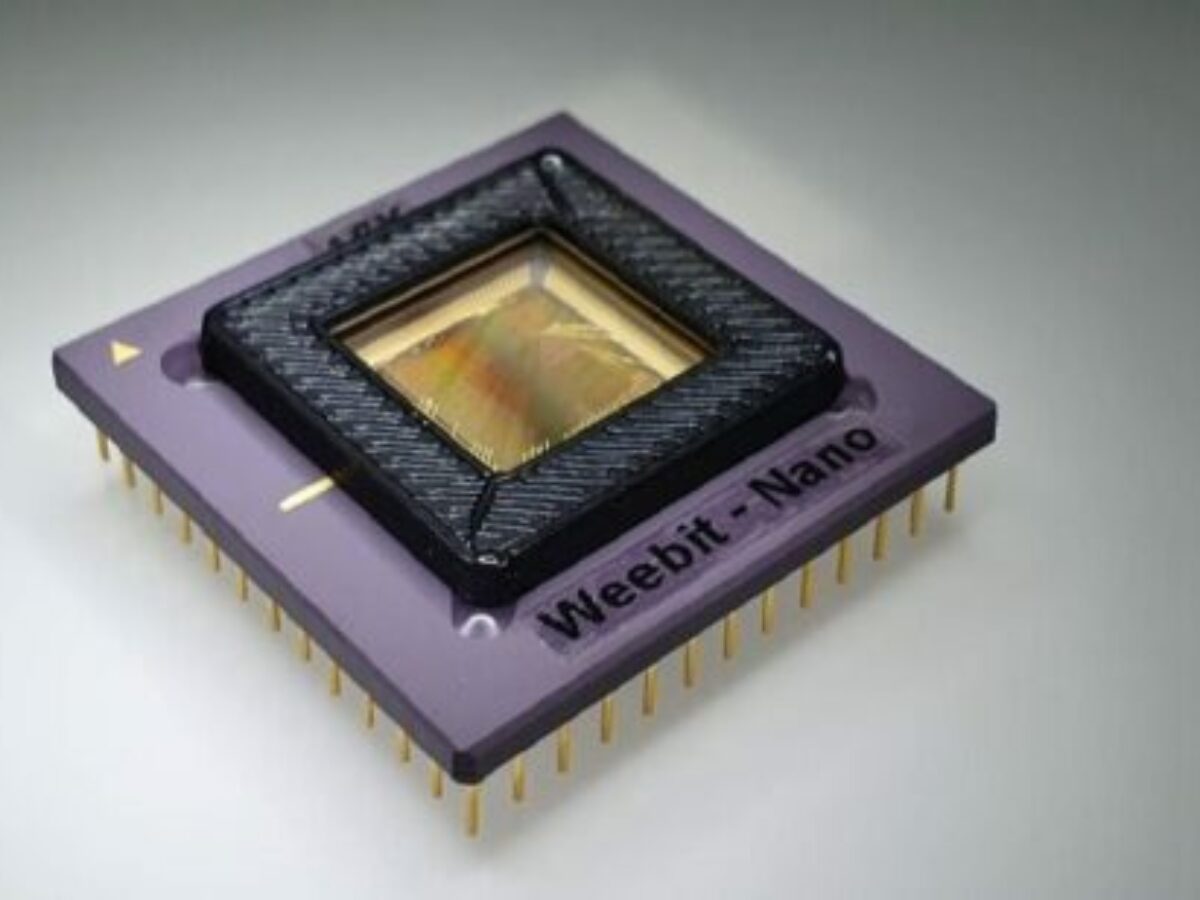Australia’s place in the semiconductor world: Why not here?

Today in our Australia’s place in the semiconductor world series, we hear from an international point of view. Here is Coby Hanoch from the ASX-listed, Israel-based Weebit Nano.
As the CEO of an Israeli semiconductor company traded on the ASX, I often ask myself how it is possible that Australia, an advanced country with great engineering talent, has not invested in a local semiconductor industry. I have raised this point several times with Australian political leaders, the Australian ambassador to Israel, the head of the Australia-Israel Chamber of Commerce (AICC), and others.
The modern world is entirely dependent on semiconductors, used in cell phones, computers, cars, all electrical appliances, and a million other gadgets.
Our reliance on semiconductors has increased dramatically over the past decade, moving from just one of the top 10 market-cap companies in the world being semiconductor-related to today, where nine of the top 10 companies are heavily reliant on semiconductors and develop at least some internally.
This reliance makes semiconductors a strategic resource which, in the event of a major conflict, can turn into a political weapon when one country refuses to sell them to another. We are already seeing what happens when there is a shortage of semiconductor components (chips), with providers deciding who they will sell to first.
The global chip shortage has highlighted that it is increasingly critical for Australia to develop a semiconductor infrastructure of its own, and it needs to be a priority for government.
There are many ways in which Australia can invest in a local industry. The immediate one, which people usually jump to first, is manufacturing.
However, this is not a trivial task with advanced semiconductor manufacturing plants (known as “fabs”) costing many billions to build and operate and require extensive understanding of the technology process. Very few such plants exist in the world. Having said that, less advanced fabs can still be built as first steps, and many strategic components don’t necessarily require the most advanced fabs.
For me, the most intuitive place to start is to promote the creation of semiconductor design companies which are “fab-less”. Such companies can be established much faster, with significantly less capital. These companies design chips that can be used in many applications and sent to a fab for manufacturing. This is a very common business model used by the likes of Apple, Facebook, Google and amazon.
During the 1990s the Israeli Government set up infrastructure which supported startup businesses, including many semiconductor companies, resulting in Israel becoming a “startup nation”. If the Australian government set its mind to it, it could create a strong semiconductor and technological hub. If so many countries in eastern Europe and Asia have managed to do it, why not Australia?
Image credit: Weebit Nano
Coby Hanoch is CEO of Weebit Nano, a developer of Resistive Random-Access Memory (ReRAM) technologies.
@AuManufacturing![]() and AUS-Semiconductor-Community’s editorial series, Australia’s place in the semiconductor world, is brought to you with the support of ANFF.
and AUS-Semiconductor-Community’s editorial series, Australia’s place in the semiconductor world, is brought to you with the support of ANFF.
@aumanufacturing Sections
Analysis and Commentary Awards Defence Manufacturing News Podcast Technology Videos










